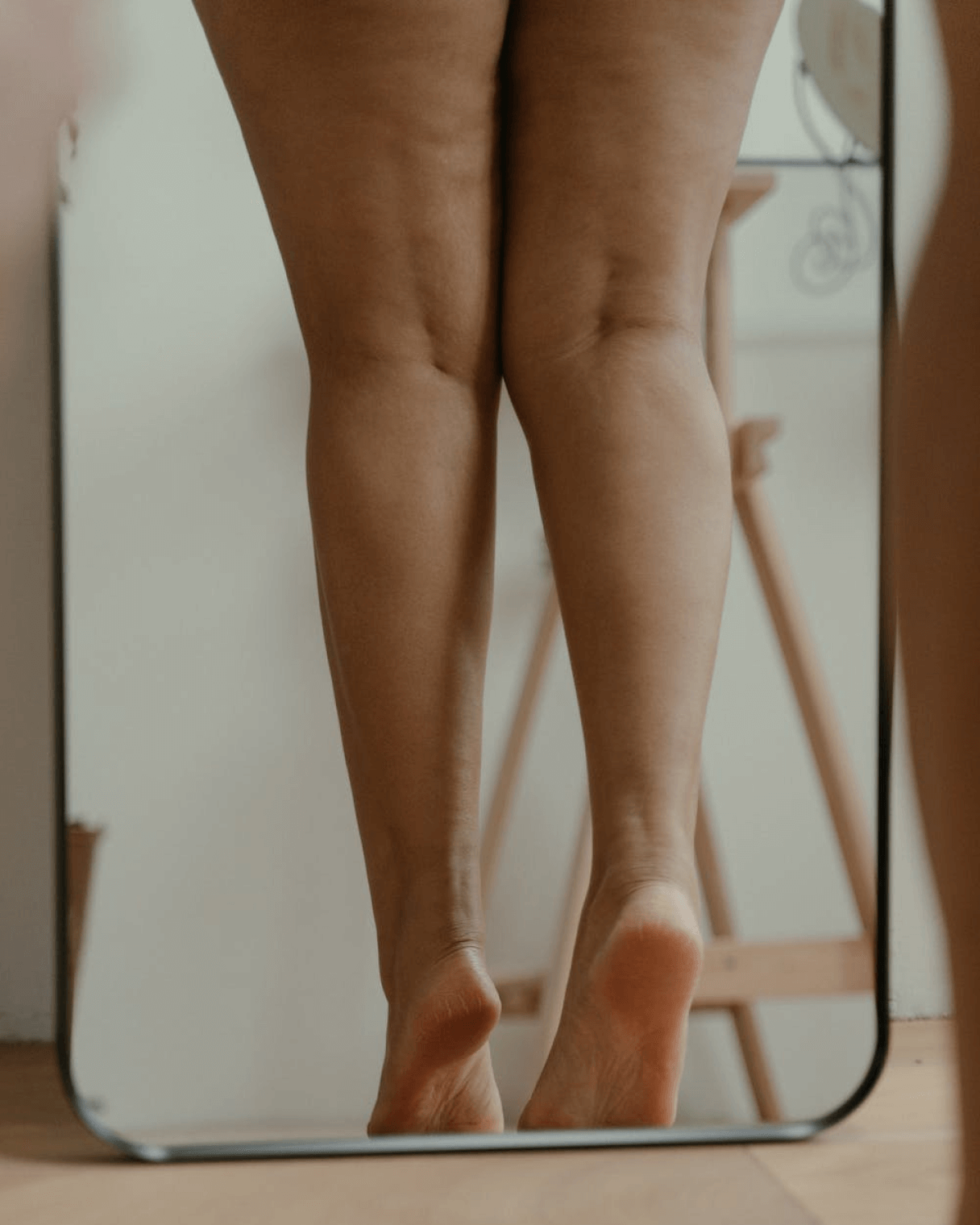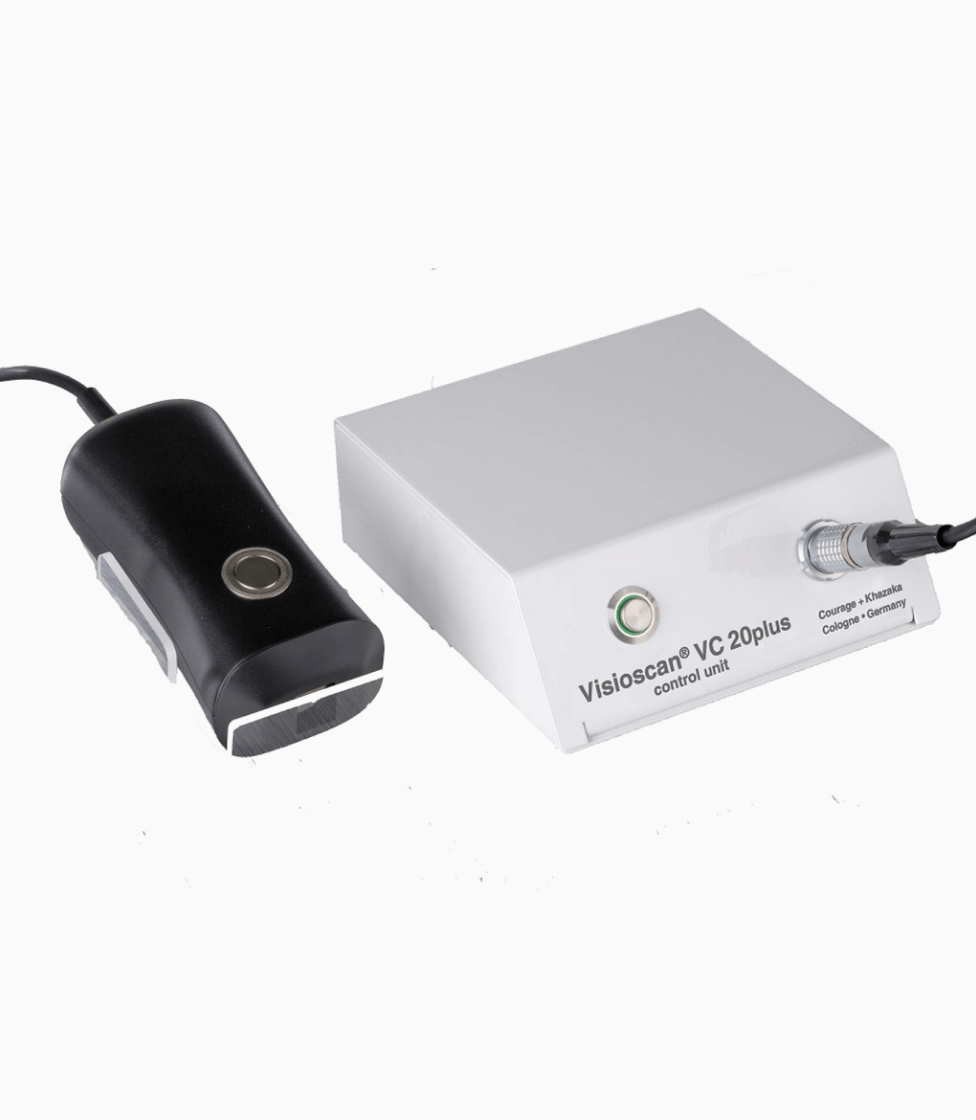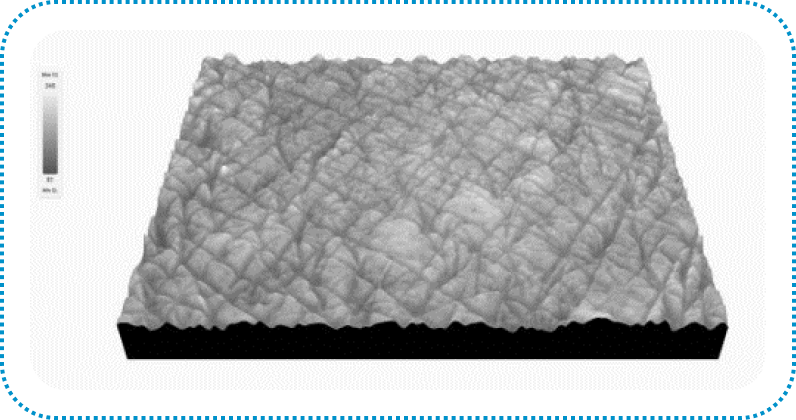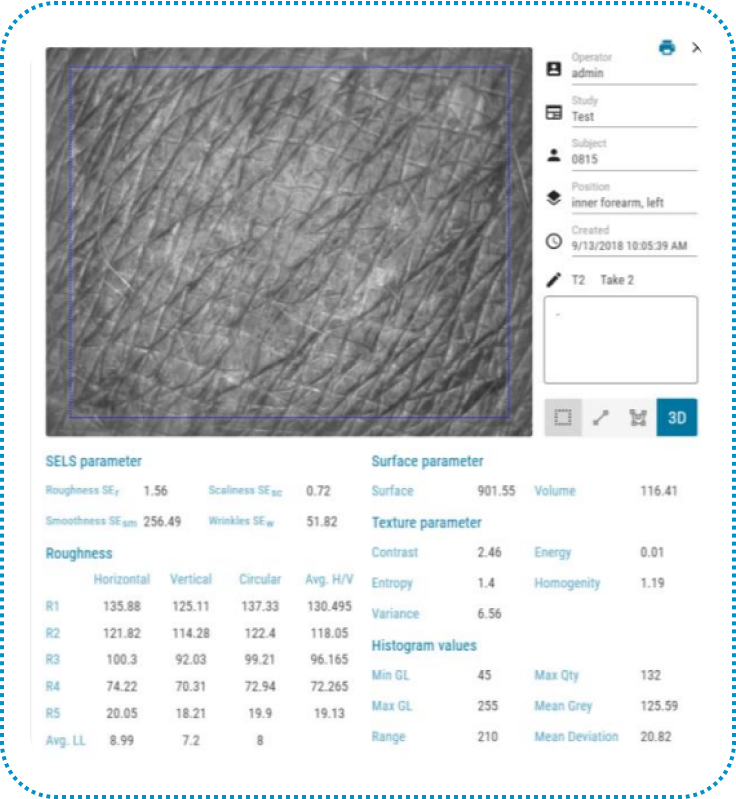Cellulite and stretch marks
Cellulite is a localized skin condition of subcutaneous fat and connective tissue with the typical visual appearance of dimpled skin. Cellulite is a common aesthetic problem, which affects mostly women, rarely men. It usually appears after puberty and worsens with age. The common sites prone to cellulite are thighs, buttocks, hips, abdomen, the upper part of the arms and knees. Although cellulite may be found in areas, with excess adipose tissue, it is not necessarily correlated with obesity.
The formation of cellulite can be divided into 4 stages. The early stage of cellulite is characterized by more permeable capillary blood vessels, which lead to edema in the adipose tissues. Additionally, disruption in lymph circulation hampers removal of accumulating fluids. Next stages include hampered blood circulation due to aggregation of adipose cells and the growth of collagen fibrils. Adipose cells aggregate into micronodules and these later aggregate into macronodules. At this late stage of severe cellulite, it is possible that the skin is more sensitive as the nerves may be squeezed by these larger aggregates.
Stretch marks are skin scars that appear due to quick stretching or shrinking of the dermis. The occurrence of stretch marks involves physical stress, hormones and structural alteration of collagen and elastic tissue.
Stretch marks can appear during puberty, pregnancy, rapid weight gain or loss, during a rapid muscle growth through weight training or also as a result of medication (corticosteroid use) or certain medical conditions. The common places where they may occur are abdomen, breasts, hips, buttocks and thighs.




